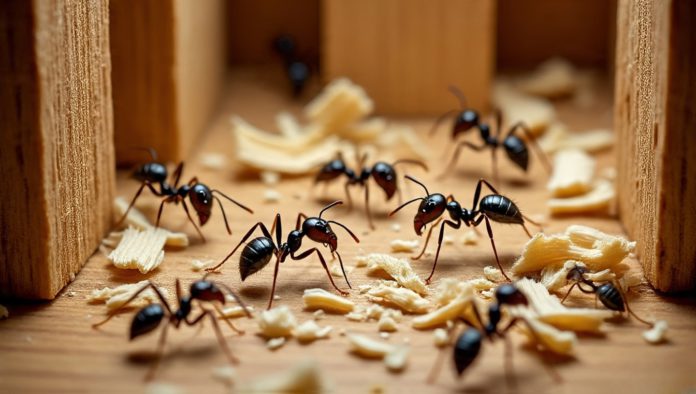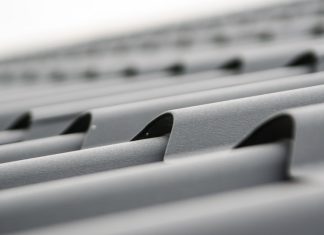Ant infestations can be a troubling experience. Carpenter ants, in particular, are more than just a nuisance. They can cause structural damage to your home. Unlike termites, carpenter ants burrow into wood without eating it, creating pathways that may weaken your structure over time. Other ants, such as odorous house ants, annoy you with their persistent search for food. Both types demand immediate attention and action. Recognizing their presence is the first step. You may notice sawdust near wooden areas or trails of ants. These signs indicate the need for professional help. pest control services provide the expertise needed to tackle these infestations effectively. You benefit from a specialized approach tailored to your specific situation. While some may attempt do-it-yourself methods, calling in experts ensures thorough extermination. Ignoring an infestation leads to bigger problems. Thus, addressing it right away protects your home and offers peace of mind.
Identifying Common Ant Invaders
Understanding which ants have invaded your home is important. Carpenter ants are large, often black or red, and preferentially damage wood. In contrast, odorous house ants are smaller, dark brown or black, and emit a distinctive smell when crushed. Identifying these ants helps you decide your next steps.
Signs of Infestation
Spotting the signs early is crucial. For carpenter ants, look for smooth, sandpaper-like galleries in wood and piles of wood shavings. Odorous house ants leave trails, often leading to food sources in your kitchen. Addressing these signs promptly saves you from extensive damage.
Ant Behavior and Habits
Carpenter ants are most active at night, making them harder to notice right away. They often enter your home through gaps in siding, windows, or vents. Odorous house ants seek out sweets and greasy foods and will forage day and night. Both types need different strategies for effective removal.
Prevention Measures
Preventing ant infestations begins with proper home maintenance. Seal entry points such as cracks and crevices. Keep food sealed and clean up spills immediately. Regular yard maintenance, like trimming branches away from your house, helps reduce access points for carpenter ants. By taking these steps, you reduce the likelihood of an infestation.
Comparison of Carpenter Ants and Odorous House Ants
| Feature | Carpenter Ants | Odorous House Ants |
|---|---|---|
| Size | Large | Small |
| Color | Black or Red | Dark Brown or Black |
| Damage | Structural | None |
| Behavior | Night Active | Day and Night Active |
| Preference | Wood | Sweets and Grease |
When to Seek Professional Help
If you notice persistent ant activity or significant damage, it’s time to seek professional help. Experts provide targeted solutions that address the root of your ant problem. Professional intervention ensures that your home remains safe and free from further damage.
Steps to Take After Treatment
After treatment, routine care is essential to preventing reinfestation. Keep monitoring for signs of ants. Regularly inspect vulnerable areas and maintain cleanliness. These actions reinforce the treatment’s effectiveness and safeguard your home in the long term.
Conclusion
Tackling an ant infestation requires swift action and informed decisions. When faced with carpenter or odorous house ants, recognize that timely intervention protects your home’s integrity. By understanding the signs, behaviors, and differences of these ants, you take proactive steps to manage the situation.
For more detailed information on managing and preventing ant infestations, visit the Environmental Protection Agency’s guidelines on ant control. They offer useful insights and strategies for safe and effective pest management.














